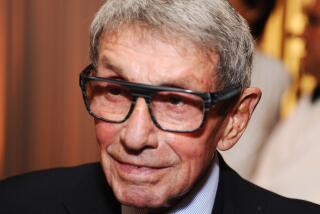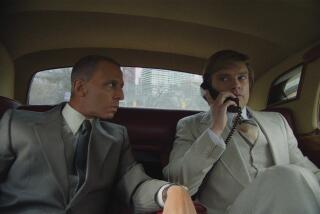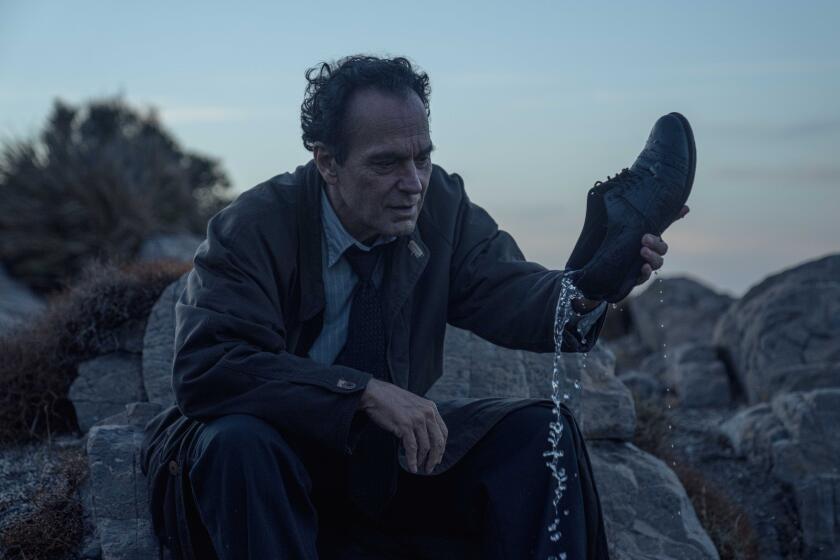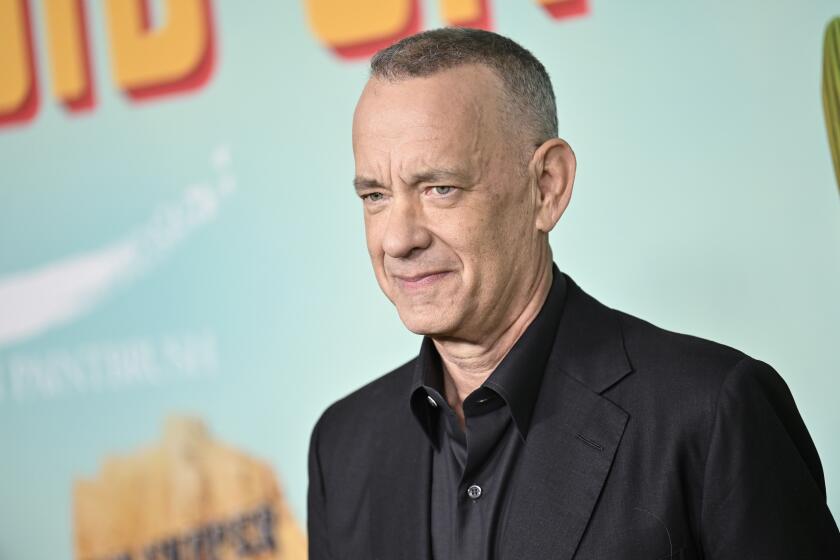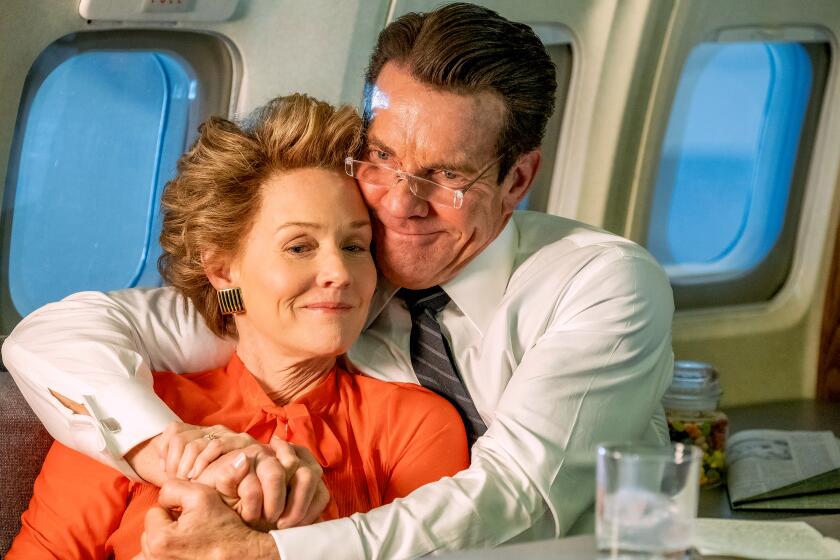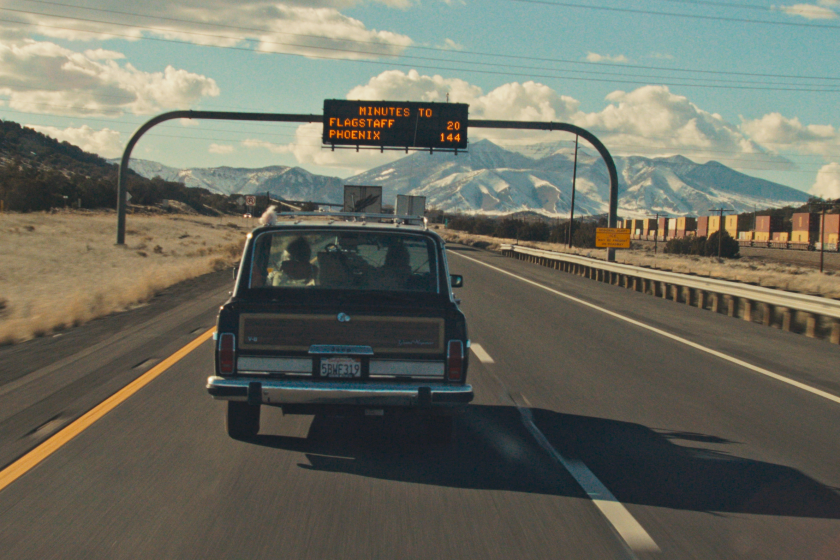FILM : Never Too Late for ‘Dinner’
“Dinner at Eight” began on stage, and it shows. Based on George S. Kaufman and Edna Ferber’s successful Broadway play, the George Cukor-directed 1933 movie has the static air of a theater piece.
Every scene is an interior, most filled as much with talk as with fancy furniture. “Dinner at Eight” (being shown Friday at the Wilshire Auditorium in Fullerton with the Marx Brothers’ “A Night at the Opera”) is a film where the action is gabbed about but happens somewhere else than on screen. It’s like a taped play and therefore without its own cinematic language. Even with a tony aura and a trove of great and great-looking stars, it requires patience from an audience.
That is, until those handful of moments when John Barrymore, Jean Harlow and Wallace Beery do their thing. You have to wait a while, but when they’re up there, the movie picks up dramatically.
The screen adaptation by Frances Marion and Herman J. Mankiewicz is an equal mix of tragedy and comedy, highball and low ball. Several stories intertwine, all leading up to the sophisticated dinner hosted by Oliver Jordan (Lionel Barrymore), a financier with a crumbling empire and bad health, and his socialite wife (Billie Burke, best known as the good witch in “The Wizard of Oz”).
Among those invited are Carlotta Vance (Marie Dressler), a feisty former Broadway star now partial to crisp one-liners; freight magnate Dan Packard (Beery), who’s scheming to take over Jordan’s business, and his pouty wife (Harlow). Then there’s John Barrymore’s Larry Renault, an alcoholic movie star skidding toward his end.
It’s John Barrymore’s portrayal that has intrigued movie fans and historians over the years. It turned out to be a testimonial not only to his career, but his life. Renault is described as “the great profile,” just as Barrymore was, and his fate vaguely echoes the actor’s own later decline.
When Renault, going ahead with his drunken suicide, tilts his head, putting his handsome features under the lamp’s spotlight, it’s a bit too close for comfort, suggesting that Cukor may have exploited Barrymore and his reputation. However, in defense of the scene’s art, it is the movie’s most resonant moment.
Beery and Harlow prove a different resonance. Harlow does her usual dirty doll routine, all with that lip-smacking, insinuating boldness that became the standard for brash 1930s sex appeal. She’s a walking, talking Kewpie doll from a carnival playing in a rough part of town.
The physical presence of Beery equals Harlow’s by playing against it. He’s huge and ungainly, she’s small and slinky. It’s interesting just watching them stand around, glaring at each other and trading insults. Their scenes have a comic voluptuousness that evolves from this unlikely pairing--they put a little jitterbug in a film that would rather stroll toward a resolution.
What: George Cukor’s “Dinner at Eight.”
When: Friday, June 14, at 7:30 p.m.
Where: The Wilshire Auditorium, 330 N. Lemon St., Fullerton.
Whereabouts: Take the Riverside (91) Freeway to Lemon Street and head north.
Wherewithal: $4 and $5.
Where to Call: (714) 871-4030, Ext. 15.
More to Read
Only good movies
Get the Indie Focus newsletter, Mark Olsen's weekly guide to the world of cinema.
You may occasionally receive promotional content from the Los Angeles Times.

